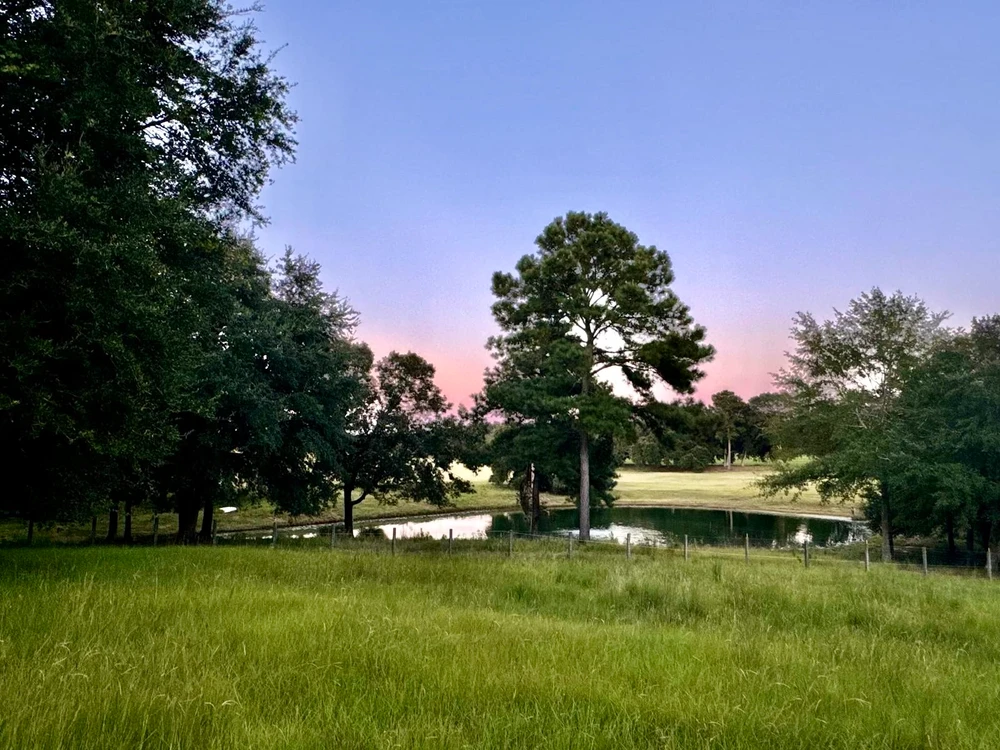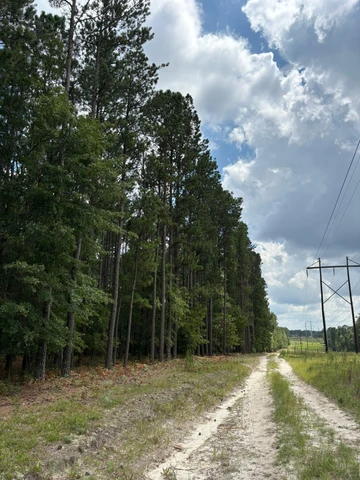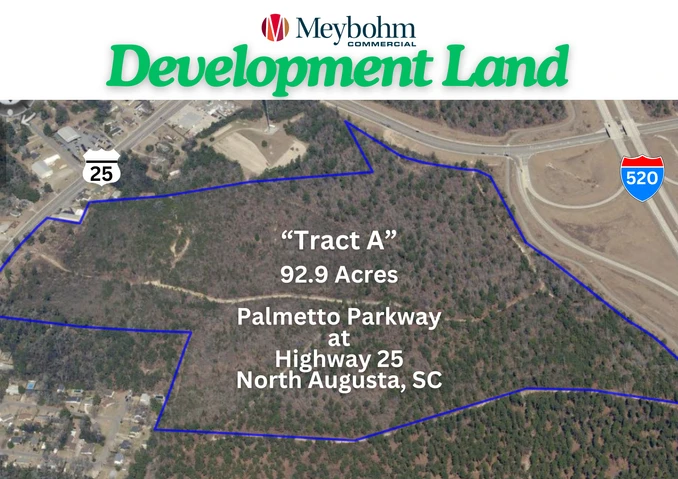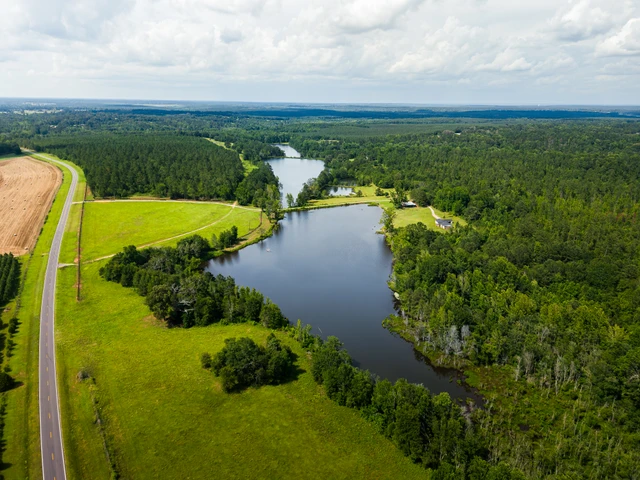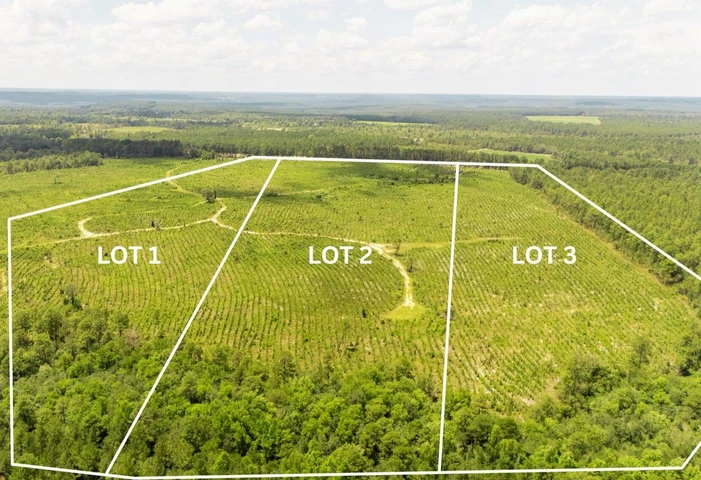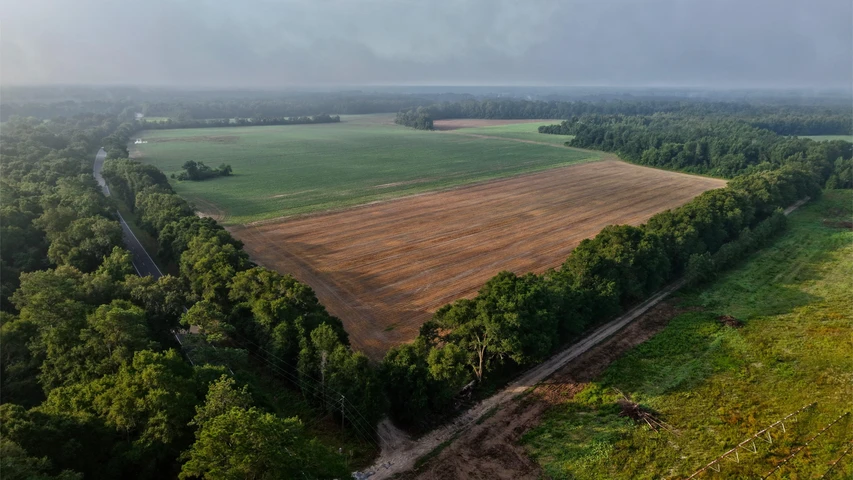Beautiful level and rolling land with Bardominium style building
460 New Holland Rd, Aiken, SC | Lat/Lng: 33.6056, -81.5831
$1,445,500
49 ac.
09/11/2025
ACTIVE
Description
A breathtaking property meticulously stewarded since 2006 to create an environmentally positive footprint in the heart of Aiken's 302 equestrian corridor.
Close to downtown, in the sporting capital of the southeast.
IMPROVEMENTS:
Hidden in a pine tree stand is an impressive 100’ x 40’ barndominium style building with approximately 2,000 sq. ft. of climate controlled space running the full length of half of the building. It includes an office space with bathroom, and hook-ups for a washer and dryer.
This insulated and air conditioned flex space could be easily converted into a living, work or recreational area. The additional square footage under roof is currently being utilized for equipment storage, but could be transformed quickly, and cost effectively, into horse stabling.
An attached dog run with access into the office area provides additional convenience.
A well services the property.
THE LAND:
Adjacent to the building, the multiple pastures are a mixture of flat and rolling terrain with complete privacy offered by magnificent Live Oaks along the North border of the property. A large planted berm along the East border provides additional privacy. Five (5) acres are currently planted with warm season cover crops which were over-seeded into the Bermuda grass to help build the soil and provide seed for a growing wild population of quail.
A manicured future homesite with additional Live Oaks, and a sunrise view overlooking a neighboring large pond, offers the buyer another layer of privacy and a spectacular view shed.
Available as a whole, or subdivided into 2 parcels (16+/- and/or 35+/- acres).
A BRIEF HISTORY:
'Ashton Head' — This parcel of approximately 49+/- acres was originally part of an 1000 acre farm owned by Aiken County farmer Ashton Head. Mr. Head worked the land with mules and managed a longleaf pine forest from which he took the lumber to build his home and barns. The farm was eventually subdivided in 2006, and in the following years, the quality of the pastures became a priority. The primary focus has been in enriching the ground with the implementation of regenerative practices using high-impact rotational grazing utilizing a small herd of cattle, goats and target-specific cover crops. As the soils improved, the use of synthetic fertilizers, herbicides and wormers have gradually been phased out. Prescribed burning and planting native wild grasses throughout key areas, has seen a return of quail, turkey and deer.
Details
County: Aiken
Zipcode: 29805
Property Type One: Farms
Property Type Two: Residential Property
Property Type Three: Horse Property
Brokerage: Land.com
Brokerage Link: https://land.com
Nearby Listings

